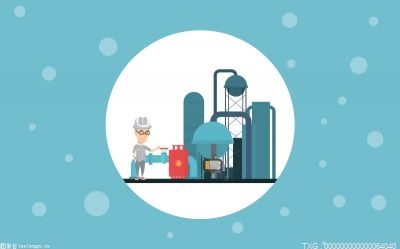 (资料图片仅供参考)
(资料图片仅供参考)
Image source: China Visual
BEIJING, August 8 (TMTPOST) -- As Chinese domestic supply chain gradually returns to normal after the recent outbreaks, port throughput gradually rebounded and export growth continued to climb in July, beating market expectations.
July exports grew 18.0% year-on-year, 0.1 percentage point higher than that in June. Imports grew 2.3% year-on-year, up 1.3 percentage points from June but still sluggish. Robust exports and weak imports in July drove the trade surplus to a record high for the second consecutive month, which was $101.27 billion in July, up from $3.33 billion in June, according to U.S. dollar-denominated data released by the General Administration of Customs last Sunday.
In yuan terms, July export growth was up 1.9 percentage points year-on-year to 23.9%, while import growth increased 2.6 percentage points year-on-year to 7.4%, resulting in trade surplus of 682.69 billion yuan($100.97 billion) in the month, up from 32.58 billion yuan($4.81 billion)in June.
July exports performed better than market expectations, while imports were slightly lower than expected. A recent survey of 14 domestic and foreign institutions from Caixin Media, China’s leading financial news organization, shows that the average value of economists" forecast for July"s year-on-year export growth is 14.3%, with a forecast range of 9.0% to 17.0%, which means that market institutions believe that export growth will fall, but the actual performance is rising. The average value of forecast for year-on-year import growth is 3.7%, with a forecast range of 0% to 10.3%. The average value of forecast for trade surplus is US$86.76 billion.
Due to the continued sluggish domestic demand, the volumes of most commodity imports continued to decline in July, but the year-on-year growth rates of individual commodities by value have been varying due to different price changes.
In July, crude oil, natural gas and coal imports by volume decreased by 9.5%, 6.9% and 22.1% year-on-year respectively, due to their rising prices. By contrast, imports growth rates of the aforementioned commodities by value were more than 25% year-on-year. The year-on-year fall in the volume of soybean imports was narrowed to 9.1% year-on-year, and the year-on-year growth rate of imports by volume rebounded by 20.5 percentage points to 15.7%. Steel imports fell in volume and value by 24.8% and 4.3% respectively. Affected by the plunge in international market prices, the volume of imported iron ores rose to 3.1% year-on-year, and the value fell by 7.2 percentage points to 35.6% year-on-year.



























































